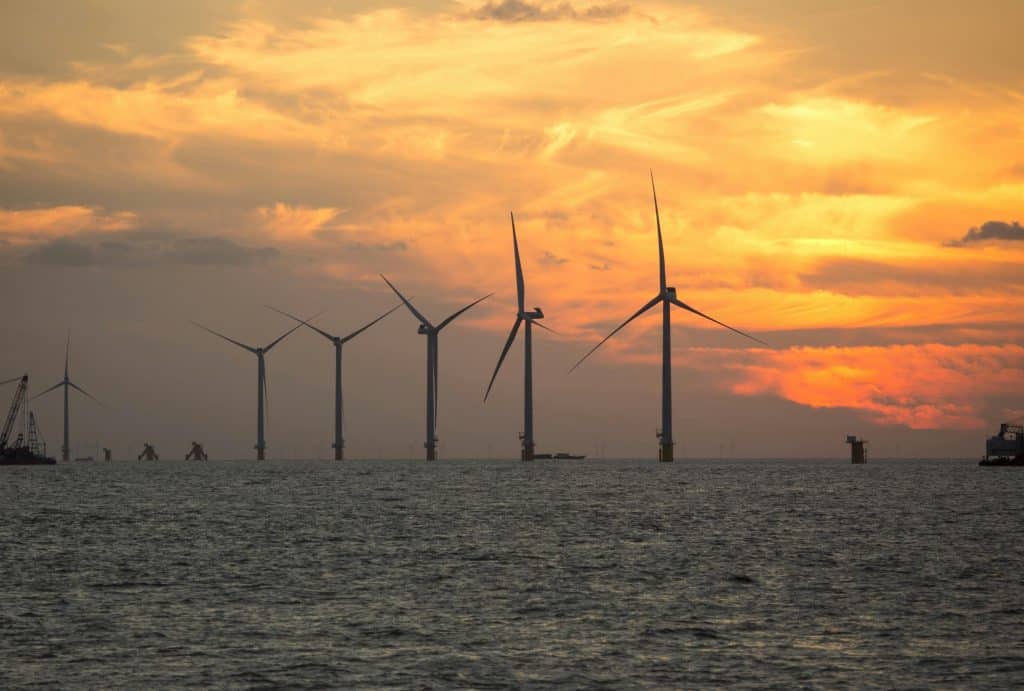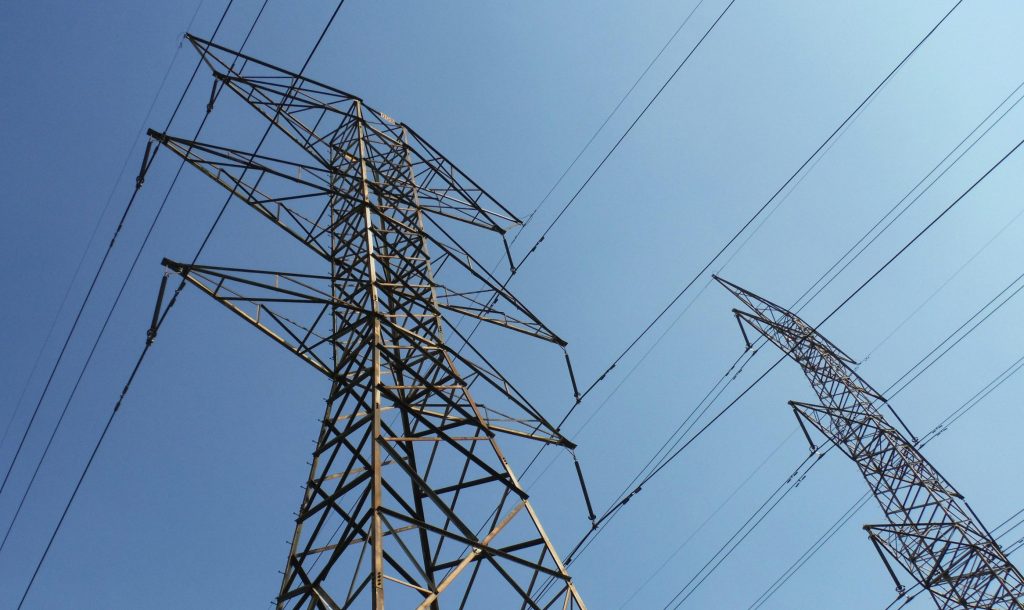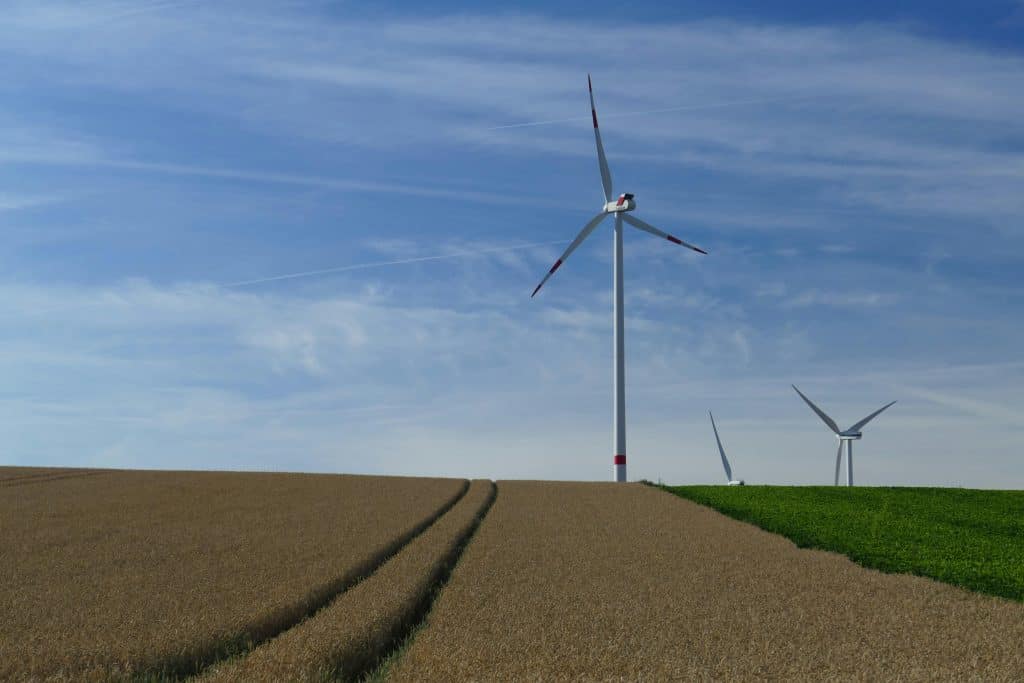ENSURING UPTIME IN DATA CENTRES
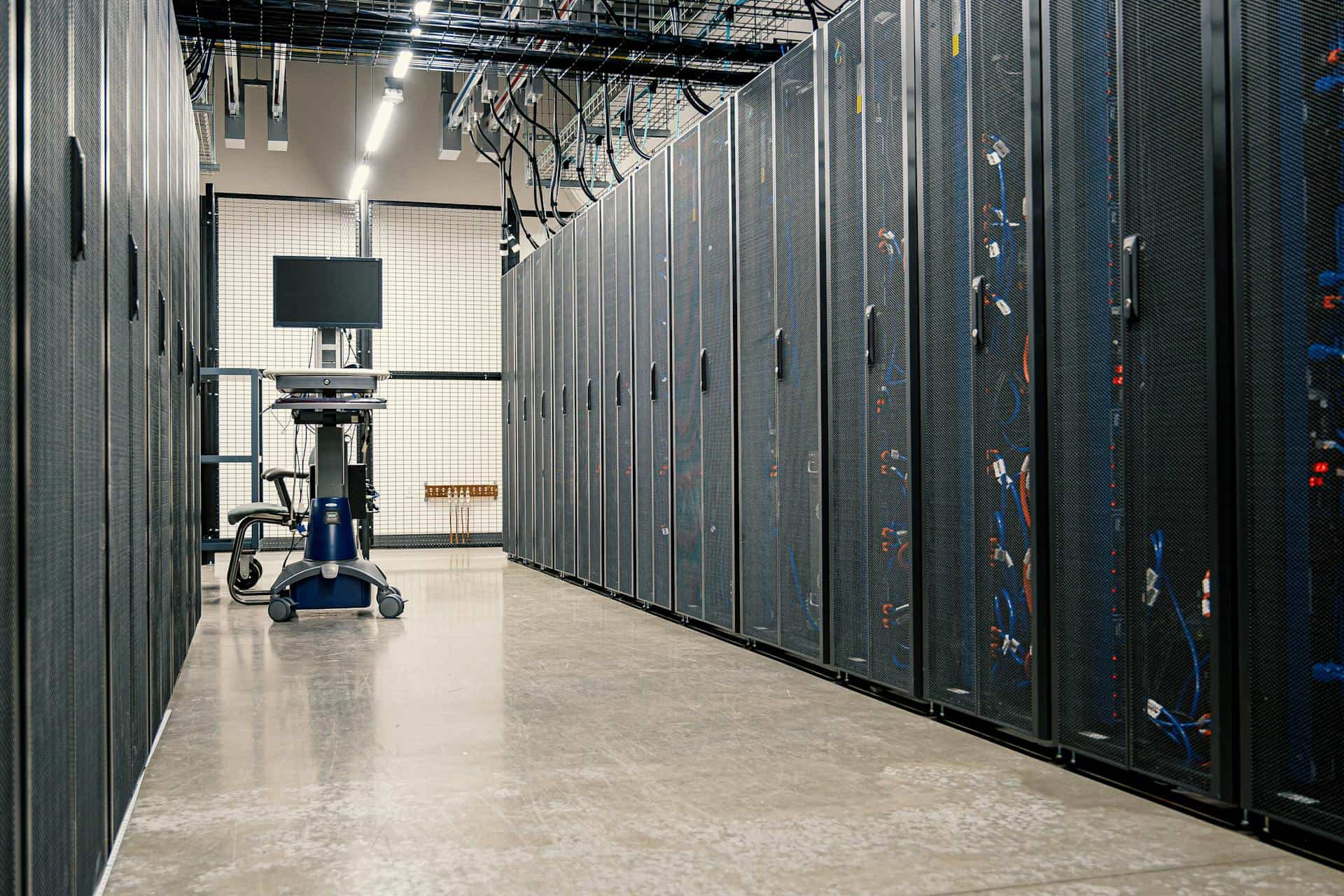
HOW RESISTOR SOLUTIONS POWER AND PROTECT DIGITAL NETWORKS
Data centres are the unseen backbone of the digital economy. According to TechUK, they contribute £4.7 billion in Gross Value Added (GVA) to the UK economy every year — a figure that continues to grow alongside demand for cloud computing, AI processing and digital services. But behind the servers and storage units lies a complex electrical infrastructure that must perform seamlessly. Here, Mike Torbitt, managing director of Cressall, explains how resistors help safeguard data centres from costly power disruptions.
The digital transformation of businesses across every sector has placed extreme pressure on data centres. Handling greater volumes of information faster and more efficiently demands increasingly sophisticated infrastructure and additional power. Ensuring this infrastructure runs reliably and without interruption is essential, particularly as outages can result in significant financial losses, data corruption and reputational damage.
KEEPING POWER UNDER CONTROL
One of the biggest challenges data centre operators face is power stability. Voltage fluctuations, whether sudden drops or surges, can severely disrupt sensitive IT equipment such as servers, storage arrays and networking gear, which are all finely tuned to operate within specific voltage ranges. Even small deviations can lead to data corruption, hardware malfunctions or premature wear. Over time, these fluctuations not only drive up maintenance costs but also shorten the lifespan of expensive infrastructure.
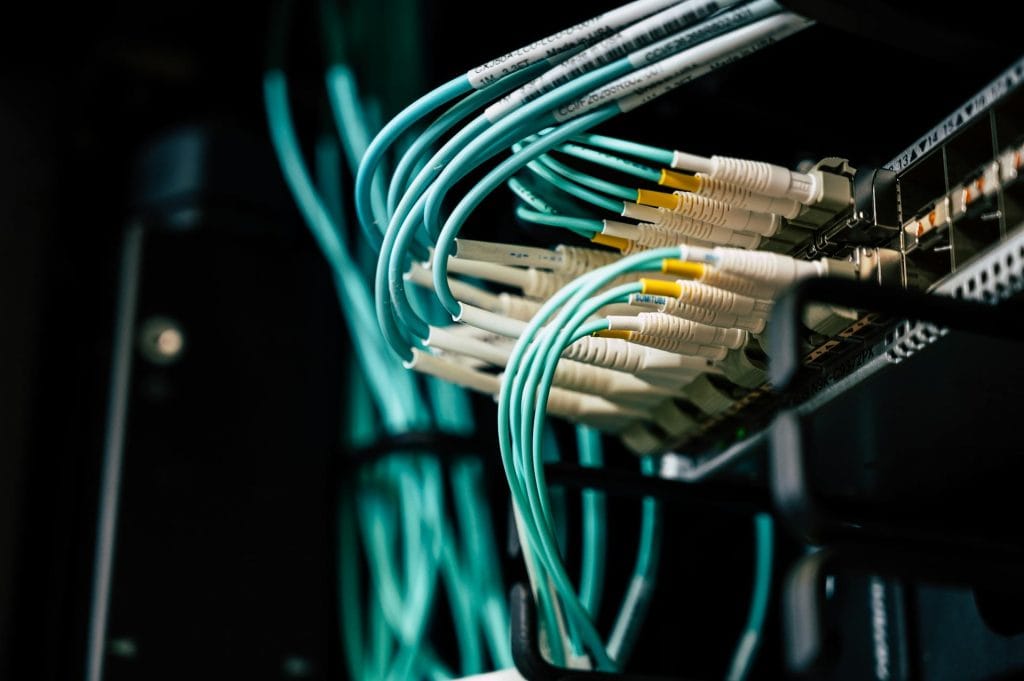
Power interruptions, even just momentary losses, can have equally damaging consequences. A brief outage can bring entire systems offline, forcing emergency shutdowns and triggering lengthy reboot sequences. In high-availability environments, where uninterrupted uptime is paramount, even a few seconds of downtime can result in lost transactions, missed service level agreements and compromised services for thousands of users.
Excess energy is another factor that needs to be managed efficiently to prevent overheating and maintain energy efficiency. With data centres under growing scrutiny for their environmental footprint, electrical infrastructure must be designed to support both performance and sustainability.
RESISTOR SOLUTIONS FOR MODERN DATA CENTRES
Resistor technology is vital in supporting the performance, safety and longevity of data centre electrical systems. Neutral earthing resistors (NERS), in particular, are key to maintaining power resilience and operational safety.
NERs are primarily used to limit the current that flows during an earth fault, protecting both personnel and equipment. If a fault occurs, such as a short circuit to ground, NERs restrict the fault current to safe levels, preventing damage to transformers, switchgear and other components. By supporting controlled fault management, NERs help data centres stay operational while faults are safely isolated and resolved. This ultimately contributes to improved system uptime and reduced risk of severe damage.
Another resistor type that supports continuous, reliable power in data centres is dynamic braking resistors (DBRs). These resistors help to regulate power during transitions between power sources, particularly when switching to backup systems such as generators or uninterruptible power supplies (UPS).
Voltage fluctuations during these transitions can damage connected equipment or cause trip events. DBRs mitigate this by absorbing excess electrical energy and convert it into heat, preventing overvoltage conditions and enabling a smoother transition. By controlling power flow, they reduce stress on the system and help avoid unscheduled outages.
Both NERs and DBRs can be tailored to meet the specific demands of data centres, including space constraints, cooling considerations and compliance with international electrical standards. Cressall’s resistor designs also prioritise ease of maintenance, high thermal performance and long operational life — crucial for facilities like data centres that must operate without interruption.
As power demands grow and data centre operators look for ways to expand sustainably, the role of resistors will only become more important. From protecting critical equipment to ensuring compliance with safety standards, resistor technologies such as NERs and DBRs will be crucial in keeping the UK’s digital infrastructure secure, efficient and online.
Cressall has decades of experience in supporting vital electrical infrastructure. To find out how our resistors could benefit your data centre application, get in touch with our team.
CRE728

